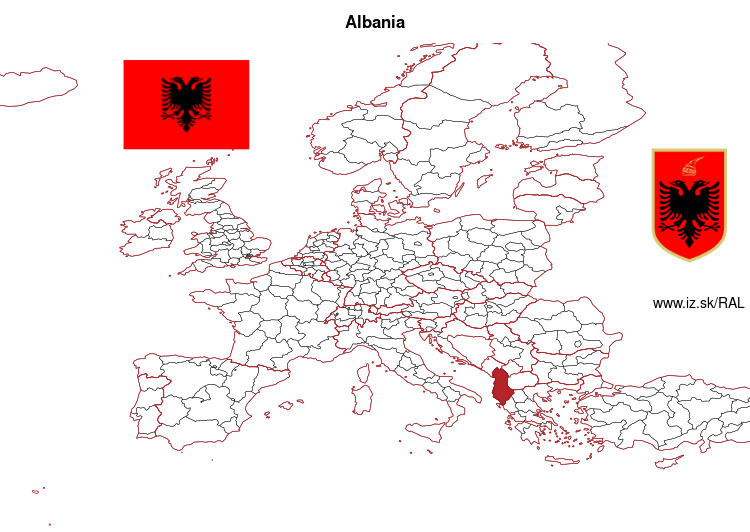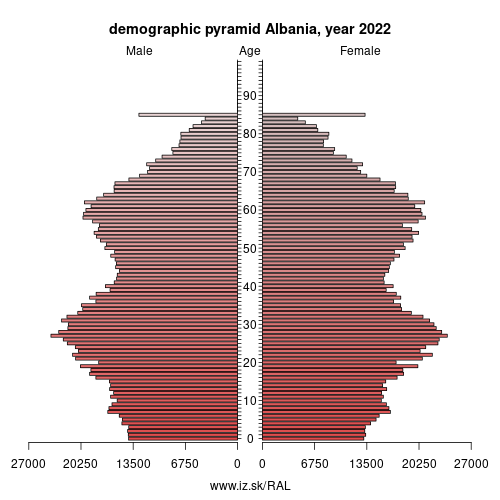- About us»
- Net income calculator»
- Population aging»
-
- Least developed regions»
-
- Material need benefits
- Meal allowance
- Counties of Slovakia
- Average wage and inflation
- Living and Subsistence Minimum
- Unemployment of Czechia and Slovakia
- NACE Classification
-
- Life expectancy
- Gender differences
- Youth unemployment and NEET
- Minimum wage in EU
- Unemployment rates of different age groups
- Share of salaries on GDP
- Employment of mothers of more than 3 children
- Percentage of employees ususally working on Sunday
- NEET
- Percentage of employees ususally working at nights
- Unemployment rate
- Long term unemployment
- Employment rate
-
- Bratislava and surroundings
- Kopanice
- Danube river
- lower Vah river
- middle Vár river
- upper Nitra river
- lower Nitra river
- Mining cities
- Kysuce a Orava
- upper Vah river - Liptov
- Spiš cities
- upper Hron river
- Juhoslovenská kotlina
- Košice fold and Torysa river
- upper Zemplín
- lower Zemplín
- EU regions
- NUTS3 regions of Slovakia
- LAU1 dataset
-
- Projects and activities
- Inclusive growth»
- Good work
- Project SKRS
- Social system – reality and vision
- Library
-
- Education of unemployed
- Young unemployed not taking part in education
- Proposal to change the system of education funding
- News»
- Contact
Albania – AL

| Indicator | Period | Value |
|---|---|---|
| Minimum and average wage | ||
| minimum monthly was as aproportion of average monthly earnings in industry and services | 2022 | 58.4 |
| monthly minimum wage in € | 2024q1 | 385.06 |
| monthly minimum wage in PPS | 2024q1 | 547.62 |
| Gender differences | ||
| gender pay gap | 2018 | 6.8 |
| Gross domestic product | ||
| GDP per capita in PPS of EU average | 2021 | 31 |
| Social exclusion | ||
| people at risk of poverty or social exclusion | 2020 | 43.4 |
More on wikipedia wikidata Q222 on OpenStreetMap Albania slovensky: AL
Subregions: Albania, North Albania, Central Albania, Southern Albania
Demographics
| Indicator | Period | Value |
|---|---|---|
| Demographics | ||
| number of inhabitants | 2023 | 2.761785e+06 |
| population density | 2022 | 98.8 |
| old-age dependency ratio | 2023 | 24.4 |
| Population ageing | ||
| aggregate replacement ratio | 2021 | 0.37 |
| aggregate replacement ratio – females | 2021 | 0.38 |

Albania ( (listen) a(w)l-BAY-nee-ə; Albanian: Shqipëri or Shqipëria), officially the Republic of Albania (Albanian: Republika e Shqipërisë), is a country in Southeastern Europe. It is located on the Adriatic and Ionian Sea within the Mediterranean Sea, and shares land borders with Montenegro to the northwest, Kosovo to the northeast, North Macedonia to the east, Greece to the south; and maritime borders with Greece, Montenegro and Italy to the west. Tirana is its capital and largest city, followed by Durrës, Vlorë and Shkodër.
Geographically, Albania displays varied climatic, geological, hydrological, and morphological conditions, defined in an area of 28,748 km2 (11,100 sq mi). It possesses significant diversity with the landscape ranging from the snow-capped mountains in the Albanian Alps as well as the Korab, Skanderbeg, Pindus and Ceraunian Mountains to the hot and sunny coasts of the Albanian Adriatic and Ionian Sea along the Mediterranean Sea.
Historically, Albania has been inhabited by numerous civilisations such as the Illyrians, Thracians, Ancient Greeks, Romans, Byzantines, Venetians and Ottomans. The Albanians established the autonomous Principality of Arbër in the 12th century. The Kingdom of Albania and Principality of Albania formed between the 13th and 14th centuries. Prior to the Ottoman conquest of Albania in the 15th century, the Albanian resistance to Ottoman expansion into Europe led by Gjergj Kastrioti Skanderbeg won them acclaim over most of Europe. Between the 18th and 19th centuries, cultural developments, widely attributed to Albanians having gathered both spiritual and intellectual strength, conclusively led to the Albanian Renaissance.
Neighbours: North Macedonia, Montenegro, Greece
Subregions: Albania, North Albania, Central Albania, Southern Albania
Suggested citation: Michal Páleník: Europe and its regions in numbers - Albania – AL, IZ Bratislava, retrieved from: https://www.iz.sk/PAL, ISBN: 978-80-970204-9-1, DOI:10.5281/zenodo.10200164

 Share
Share Facebook
Facebook Twitter
Twitter News
News